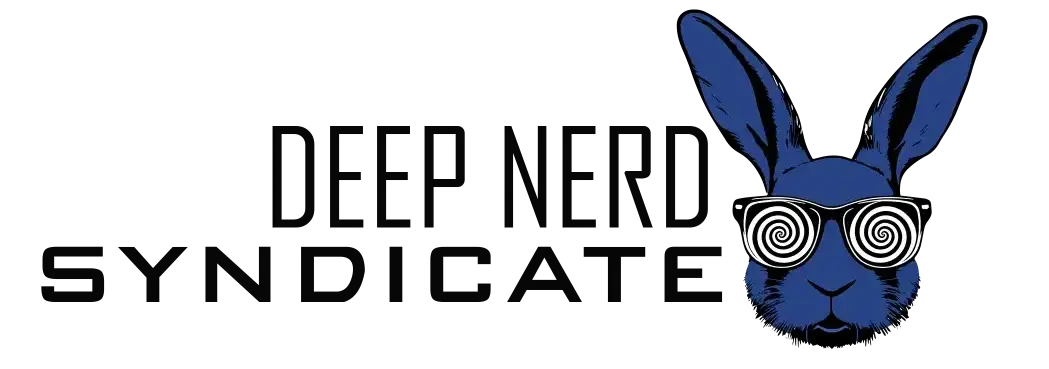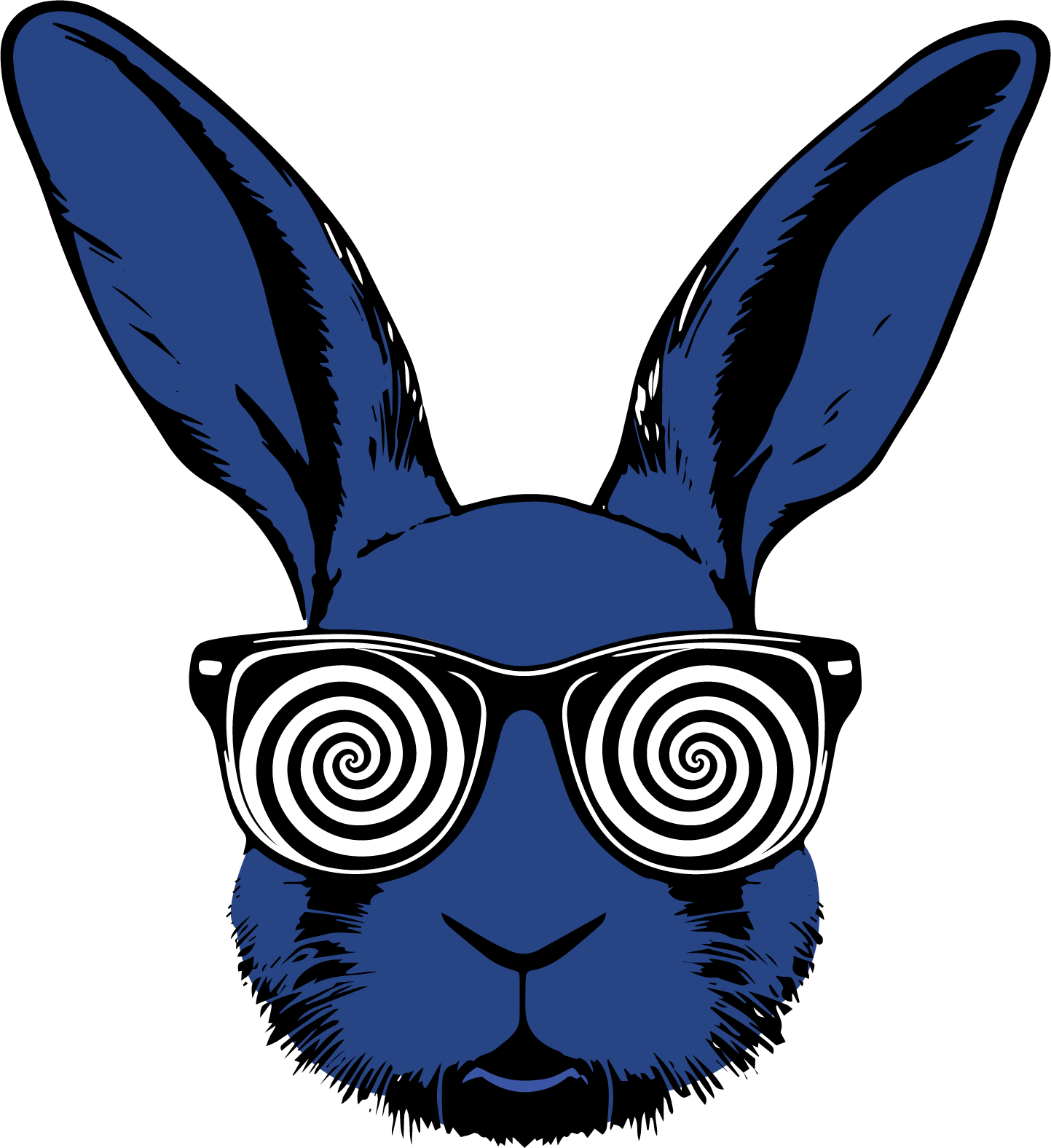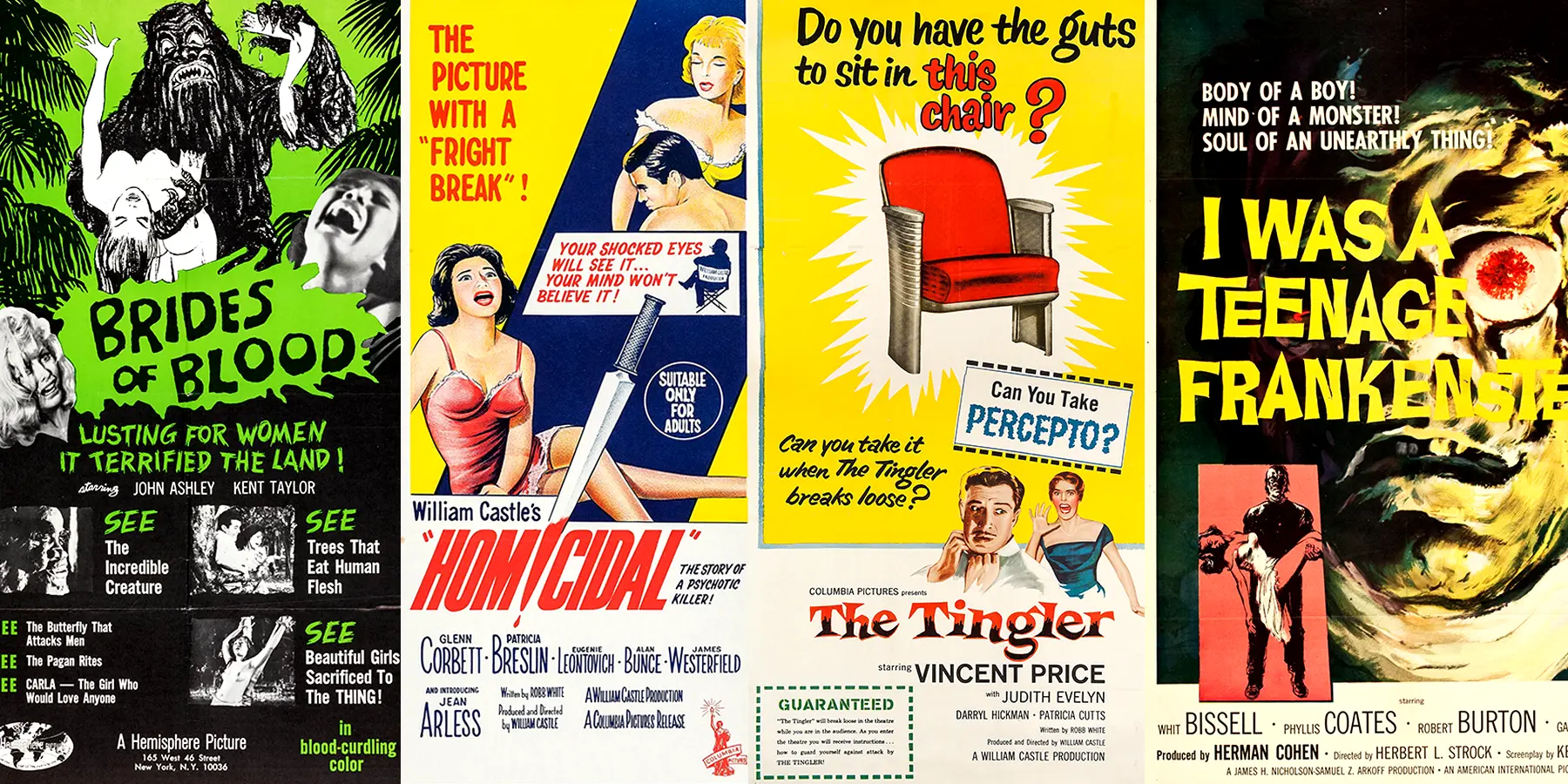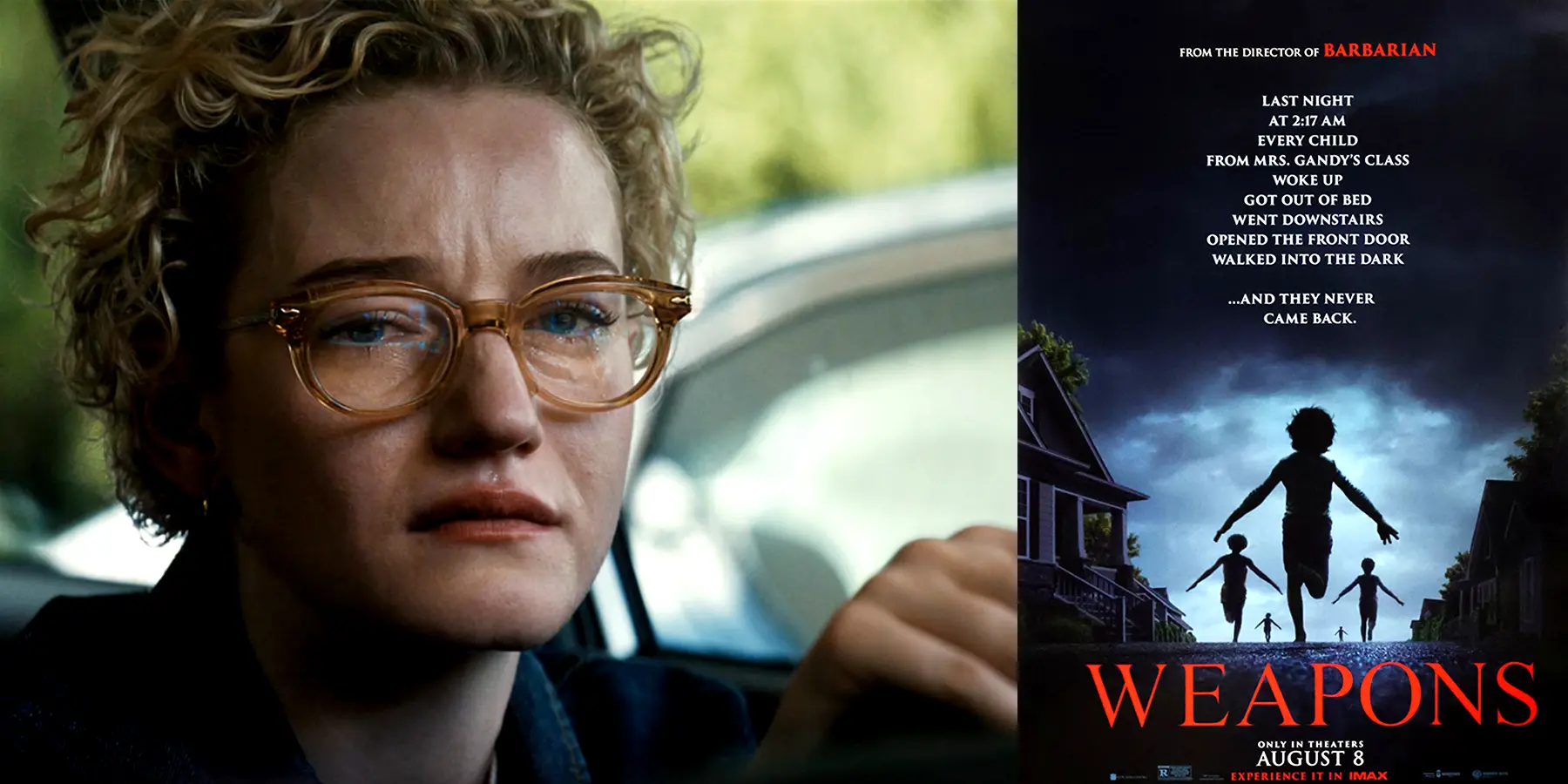Shrunken heads, known as tsantsas, hold a unique place in the world’s fascination with the macabre. Originating as a sacred ritual among the Shuar people of Ecuador and Peru, the practice of creating shrunken heads became a controversial topic that has since influenced Western art, entertainment, and pop culture. From horror comics to cult films, shrunken heads have often been sensationalized, yet their historical and cultural significance endures. Let’s dive into the origins, use in popular media, and ongoing taboo surrounding these fascinating artifacts.
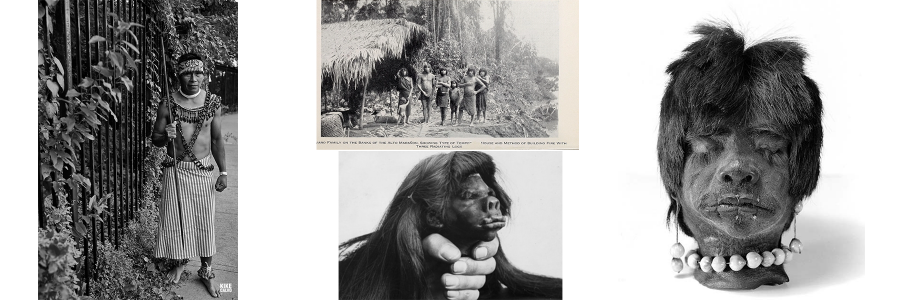
The Shuar People and the Tradition of Shrunken Heads
The term “Jivaro” was historically used to describe indigenous groups in the Amazon, primarily referring to the Shuar people, known for their practice of making tsantsas. However, “Jivaro” is now considered outdated and inaccurate, as it generalizes diverse groups.
Why Did the Shuar Create Shrunken Heads?
For the Shuar, the practice of creating tsantsas was deeply spiritual, involving a ritualistic process meant to protect the warrior who captured the head from spiritual revenge:
- Capturing the Soul: Shrinking an enemy’s head was believed to trap the soul, preventing it from haunting or retaliating against the warrior.
- Gaining Strength: The ritual transferred the slain enemy’s power to the warrior, enhancing his strength and protection in future battles.
- Protection and Ceremony: Shrunken heads were also used in rituals to prevent bad luck and invoke supernatural assistance.
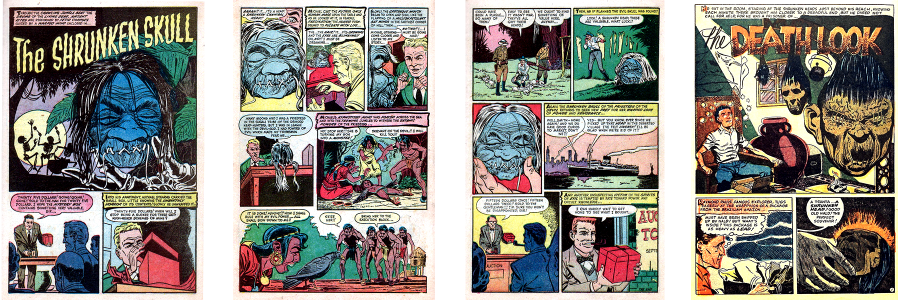
Western Fascination and Exploitation of Shrunken Heads
By the 19th and early 20th centuries, explorers and collectors from Europe and North America became fascinated with shrunken heads, often purchasing or stealing them to add to “exotic” collections. The Western demand for shrunken heads eventually led to unethical practices, including the production of fake heads made from animals or illegally obtained human remains.
Key Points of Western Exploitation
- Colonial Collecting: Western fascination led to the collection of authentic and counterfeit shrunken heads as trophies, symbols of power, and items of curiosity.
- Market Demand: As demand increased, some traders produced fake shrunken heads, which were often made from animals or unethical sources.
- Bans and Restrictions: Due to exploitation and disrespect, the trade in authentic shrunken heads has since been banned by most countries, though they remain popular in museum exhibits.
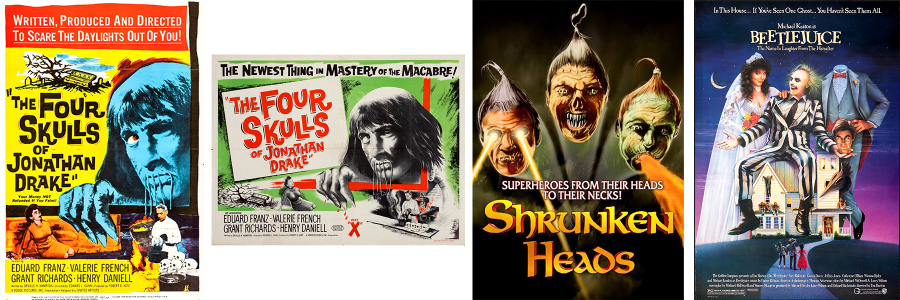
Shrunken Heads in Pop Culture: Horror, Mystery, and Taboos
The mystique and gruesome allure of shrunken heads found its way into Western comics, movies, and Tiki culture, often depicted as eerie symbols of the exotic and supernatural. However, this fascination also leaned into exploitation, often perpetuating racist stereotypes about indigenous cultures.
Movies Featuring Shrunken Heads
- “The Four Skulls of Jonathan Drake” (1959)
- Synopsis: This horror film centers on a curse involving shrunken heads, reflecting the Western fascination with tribal rituals.
- “Shrunken Heads” (1994)
- Synopsis: Directed by Richard Elfman, this horror-comedy revolves around shrunken heads seeking revenge, mixing horror with absurdity.
- “Beetlejuice” (1988)
- Synopsis: Features a memorable scene in the afterlife waiting room with a character who has a shrunken head, adding a humorous spin on the concept.
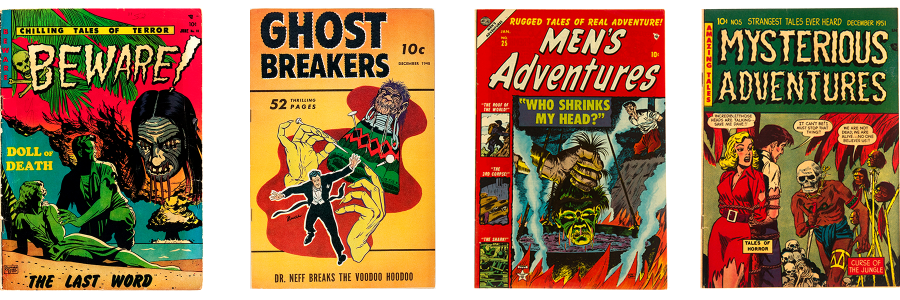
Shrunken Heads in Horror Comics
Shrunken heads have frequently appeared in horror comics, particularly during the pre-Code era, when graphic content in comics was less restricted.
- “Beware” #10 (1952)
- Synopsis: This comic incorporated shrunken heads as part of exotic horror themes, feeding Western fascination with the supernatural.
- “Ghost Breakers” #2 (1948)
- Synopsis: This series occasionally featured shrunken heads in supernatural tales, combining horror and exoticism.
- “Men’s Adventures” #25 (1954)
- Synopsis: This series explored taboo subjects, often including shrunken heads to evoke fear and mystery.
- “Mysterious Adventures” #5 (1951)
- Synopsis: Known for its horror stories, Tales from the Crypt occasionally used shrunken heads in its eerie plots.
- “The Thing” #1 (1952)
- Synopsis: A Charlton Comics series featuring horror stories that included shrunken heads, blending suspense with the supernatural.

The Role of Shrunken Heads in Tiki Culture
The mid-20th-century Tiki craze in America drew from multiple “exotic” cultures, often with little regard for cultural accuracy. Shrunken heads, although unrelated to Polynesia, became part of Tiki bars and décor, reflecting a fascination with the “primitive” and the mysterious.
Influence of Shrunken Heads on Tiki Culture
- Decorative Elements: Tiki bars sometimes featured faux shrunken heads as part of their ambiance, adding an eerie, mysterious quality to the decor.
- Merchandise and Tiki Mugs: Shrunken heads inspired Tiki-themed glassware and ceramic mugs, adding a horror edge to the playful Tiki aesthetic.
- Exoticism and Misrepresentation: Like many aspects of Tiki culture, shrunken heads were misappropriated to evoke danger and exotic allure, often misrepresenting indigenous practices.
Taboo and Modern Criticism: A Shift in Perspective
The use of shrunken heads in pop culture has increasingly been viewed as controversial due to the cultural misrepresentation and disrespect towards indigenous customs. As society evolves, there is a growing awareness of the need for accurate and respectful portrayals of indigenous practices, including the sacred ritual of creating tsantsas.
Modern Criticism of Shrunken Head Representations
- Cultural Appropriation: The Western use of shrunken heads in horror and Tiki culture has been criticized for trivializing indigenous customs and transforming them into kitsch.
- Educational Exhibits: Museums now aim to portray shrunken heads with context and respect, highlighting the Shuar’s cultural heritage rather than sensationalizing the practice.
- Media Sensitivity: Contemporary media increasingly strives to avoid exploitative portrayals, recognizing the significance of practices like head-shrinking within their cultural frameworks.
Conclusion: Shrunken Heads as Symbols of Fascination and Misunderstanding
Shrunken heads remain powerful symbols in Western pop culture, representing humanity’s fascination with the unknown and the exotic. However, this fascination often reflects more about Western obsessions than about the Shuar’s actual cultural practices. As conversations around cultural respect and representation continue, the legacy of shrunken heads serves as a reminder of the importance of understanding, rather than sensationalizing, the traditions of indigenous peoples.
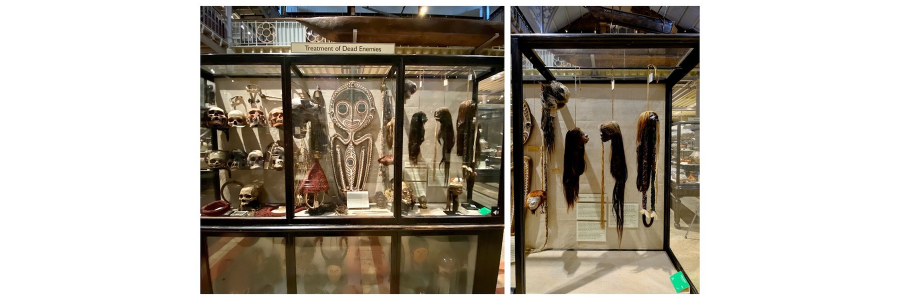
**From an updated Google search 2025: The display of shrunken heads (tsantsas) has been criticized for reinforcing racist and stereotypical thinking about the Shuar people and their culture. Some museums, like the Pitt Rivers Museum, have removed shrunken heads from public display as part of a “decolonization process” and to address ethical concerns about exhibiting human remains. Museums are now working with Shuar leaders and other experts to determine how to handle these objects and ensure their respectful treatment.**
